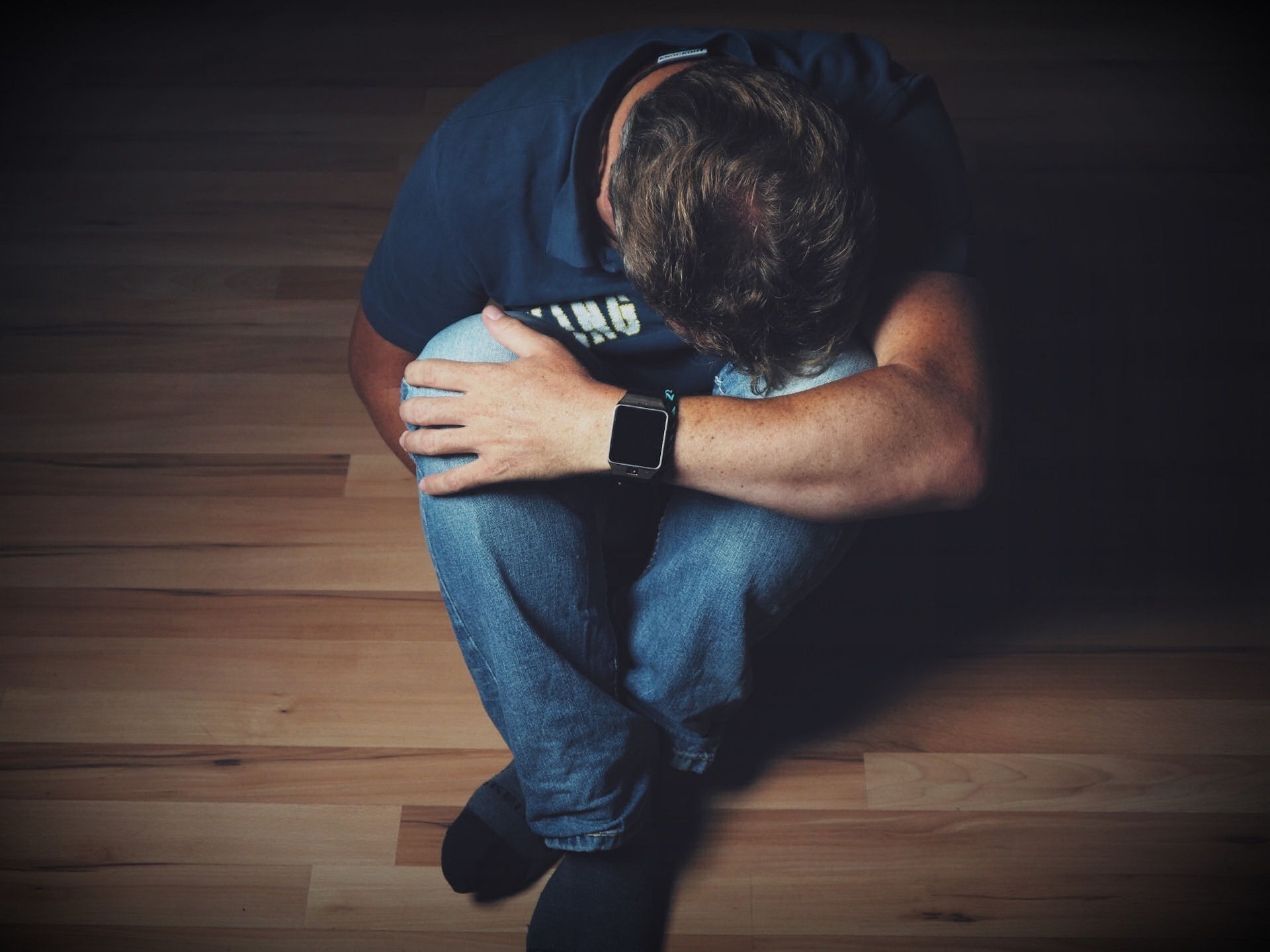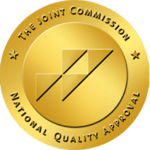Do you often feel stressed without a clear reason or deal with unwanted thoughts that won’t go away? You might be facing anxiety, obsessive-compulsive disorder (OCD), or even both. Studies show that almost 90% of people with OCD also have symptoms of anxiety. Understanding the connection between OCD and anxiety is crucial, as they share causes, risk factors, and mental health treatment options.
In this article, we will explore the different types, recognize symptoms, and find ways to manage anxiety and OCD for a better, more balanced life. Continue reading!
Is OCD an Anxiety Disorder?
While obsessive-compulsive disorder (OCD) isn’t classified as an anxiety disorder, both are related in several ways and share some similar characteristics. OCD and anxiety bring on those unpleasant thoughts and repetitive actions that are tough to handle, making people feel more anxious and worried. The main distinction is that in OCD, these thoughts and actions become ingrained in your mind and play on a loop.
For individuals with OCD, things get more specific, such as being terrified of germs or feeling the need for everything to be perfect. Anxiety disorders, on the other hand, cover a wide range of worries, casting a wide net of concerns.
Understanding these differences helps us navigate the challenges of these mental health disorders. While they share some characteristics, recognizing the unique quirks allows us to better support people who are dealing with the ups and downs of these co-occurring disorders.
What are the Common Causes of Anxiety Disorders and OCD?
The causes of anxiety disorders and obsessive-compulsive disorder (OCD) are complex and often involve a combination of genetic, neurological, environmental, and thought patterns.
Anxiety disorders tend to run in families and some people may inherit a biological predisposition to developing OCD or other anxiety disorders. If you have a close family member with an anxiety disorder, you’re more likely to develop one yourself. Identical twins, in particular, share a high risk of both developing OCD.
OCD and anxiety disorders are linked to imbalances in certain neurotransmitters that regulate mood and stress, especially serotonin. Low levels of serotonin are associated with anxiety and OCD. Medications for OCD and anxiety often work by adjusting levels of serotonin and other neurotransmitters.
Your environment and life experiences can also play a role in anxiety disorders. Traumatic life events such as physical or sexual abuse, witnessing a traumatic event, the loss of a loved one, or extreme stress can trigger the onset or worsening of OCD and anxiety symptoms. The way you were raised and learned to handle stress or anxiety as a child can also contribute to your risk.
The way you think about situations strongly influences your mood and anxiety levels. Negative thought patterns, such as catastrophizing, magnifying the negative, or having an exaggerated sense of responsibility, are common in people with OCD and anxiety. These unhealthy thought patterns often emerge in childhood and continue into adulthood, fueling symptoms of anxiety and OCD.
There are effective treatments available to help manage symptoms, such as therapy, medication, lifestyle changes, and learning coping strategies. With proper treatment, people with OCD and anxiety can live full, happy lives.
What are the Signs of Anxiety and OCD?
Everyone’s experience is unique, and having some of these signs doesn’t necessarily mean a person has a disorder. It’s always crucial to consult with a mental health professional for a proper assessment. Here are some signs:
Signs of Anxiety
- Excessive Worry: Constant and uncontrollable worrying about various aspects of life, often disproportionate to the situation.
- Physical Symptoms: Feeling tense, experiencing muscle tension, restlessness, and having a fast heart rate.
- Irritability: Getting easily agitated or irritable, especially in response to stressors.
- Sleep Disturbances: Difficulty falling asleep, staying asleep, or experiencing restless sleep.
- Avoidance: Avoiding certain situations or activities due to fear or anxiety.
- Panic Attacks: Sudden, intense episodes of fear, accompanied by physical symptoms like shortness of breath and chest pain.
- Social Withdrawal: Withdrawing from social activities or avoiding social interactions.
- Perfectionism: Setting unrealistically high standards for oneself and fearing the consequences of not meeting them.
Signs of OCD
- Obsessions: Unwanted and distressing thoughts that repeatedly enter the mind and excessive worry about germs or contamination.
- Compulsions: In OCD, people often repeat behaviors, like constant checking to ease anxiety, forming a repetitive cycle.
- Need for Symmetry or Exactness: An intense need for things to be arranged in a specific way or a particular order.
- Hoarding: Difficulty discarding possessions, even if they are of little value.
- Counting: Engaging in counting rituals or repeating certain numbers.
- Fear of Harming Others: Intrusive fears of causing harm to others, even though there is no real intent to do so.
- Avoidance: Avoiding situations that trigger obsessive thoughts or lead to compulsive behaviors.
- Excessive Guilt: Feeling excessively guilty, even when there is no real cause for guilt.
Keep in mind that these are general signs, and the severity and specific manifestations can vary. If you or someone you know is experiencing symptoms that are impacting your daily life, seeking professional help is essential for a proper diagnosis and appropriate treatment.
Can an Individual Have Both Anxiety and OCD?
Someone can have both anxiety and obsessive-compulsive disorder (OCD) at the same time. In a 2021 study involving 867 participants, approximately 33.56% exhibited symptoms indicative of both OCD and Generalized Anxiety Disorder (GAD). Those facing this dual challenge typically manifest a composite of distinctive symptoms from both disorders.
In the broader context, it is frequently observed that issues related to anxiety and mood coexist with OCD. A nuanced understanding of these interconnections is essential to providing effective support to individuals navigating the intricacies of managing both anxiety and OCD.
Effective Treatment Options for Co-Occurring Disorder OCD and Anxiety
If you suffer from both OCD and anxiety, an effective treatment program is key to managing your symptoms.
Cognitive behavioral therapy (CBT) is considered the gold standard for treating OCD and anxiety. CBT helps change unhealthy thought and behavior patterns. Exposure and response prevention (ERP) therapy is a specific type of CBT where you’re exposed to the thoughts or objects that trigger your anxiety and OCD and learn techniques to avoid engaging in compulsive behaviors. Studies show ERP can be very effective at reducing OCD and anxiety symptoms.
Antidepressants called selective serotonin reuptake inhibitors (SSRIs) are commonly prescribed for OCD and anxiety. Commonly prescribed SSRIs include escitalopram (Lexapro), sertraline (Zoloft), fluoxetine (Prozac), and clomipramine (Anafranil). Anti-anxiety medications called benzodiazepines may also be used in the short term to help relieve severe anxiety symptoms. Medication can take several weeks of use to become fully effective and may need to be adjusted to find the right dose.
There are many self-help strategies you can implement to complement therapy and medication. Exercise regularly, limit alcohol/caffeine intake, practice relaxation techniques like meditation, yoga, or deep breathing, challenge negative and anxious thoughts and stick to a routine to avoid stress and uncertainty. Connecting with others who understand what you’re going through can help reduce feelings of isolation and provide support.
The key is not to rely on any one option alone but to use a combination of medication, therapy, and self-help strategies. With professional support and a commitment to effective treatment, you can gain control over your OCD and anxiety and live a happier, healthier life. Staying up-to-date with the latest treatment options and advances will ensure the best possible outcomes. There is hope, and recovery is possible.
Discover Westwind Recovery®’s Dual Diagnosis Treatment Program
Discover a path to healing with Westwind Recovery®’s dual diagnosis treatment program in California. If you or a loved one are facing the challenges of mental health issues, our dedicated program is here to provide comprehensive care and support. Take the first step towards a brighter, healthier future by reaching out to us today. Your journey to recovery begins here.

Dr. Deena is the Chief Clinical Officer of Westwind Recovery®, an award-winning outpatient treatment center in Los Angeles where she oversees the clinical and administrative program and treatment methods. Dr. Deena is a doctor of psychology and licensed clinical social worker since 1993. LCSW #20628. Originally from the East Coast, Dr. Deena has worked running treatment centers, worked as a therapist in psychiatric hospitals as well as school settings and currently has a thriving private practice in the LA area. Dr. Deena has appeared regularly on the Dr. Phil Show as an expert since 2003. She has also been featured on many other TV shows, podcasts and has contributed to written publications as well as podcasts.





